





0
After a $15 trillion rebound in global stocks from their April lows, traders now face a wall of uncertainty. The return of tariff news has re-roiled markets, and investor concerns about overvalued large technology companies are exacerbating sentiment. Federal Reserve policy, the upcoming earnings season, and the threat of a US government shutdown are also weighing on market sentiment.
The US dollar rose for the second consecutive week last week, but gold prices still surged, reaching a record high. Oil prices are heading for their biggest weekly gain in three months after Trump increased pressure on Russian energy buyers. Gold, on the other hand, continues to trade near record levels and is expected to post its sixth consecutive weekly gain.
On the news front, US President Trump announced a series of new tariffs, Federal Reserve Chairman Powell offered a cautious outlook for rate cuts, and Trump abruptly shifted to support Ukraine. The 10-year US Treasury yield was little changed.
Strong economic data—such as growth in durable goods orders and an upward revision to GDP—have shifted expectations for future rate cuts and boosted the US dollar.
Disagreement within the Federal Reserve over the path of interest rates has increased uncertainty, while Trump's continued push to remove Federal Reserve Governor Lisa Cook is eroding market confidence in the Fed's independence.
Last Week:
Last week, U.S. stocks rose as investors were relatively relieved after an inflation report met expectations. Wall Street also digested new data suggesting a decline in consumer confidence and the impact of President Trump's new round of punitive tariffs. The Dow Jones Industrial Average closed up 299.97 points, or 0.65%, at 46,247.29; the S&P 500 rose 38.98 points, or 0.59%, to 6,643.70; and the Nasdaq Composite rose 99.37 points, or 0.44%, to 22,484.07.
Spot gold continued its upward trend, breaking out of its recent range of $3,720 to $3,760. The latest personal consumption expenditures (PCE) inflation report failed to show any new upward surprises, which led to a weakening of the U.S. dollar, providing support for gold prices. Spot gold consolidated around $3,780, hovering below the all-time high of $3,791 reached earlier this week. Safe-haven demand, driven by renewed trade tensions and geopolitical risks, supported gold prices, which now achieved their sixth consecutive weekly gain. The price rose over 2.0% for the week, closing around $3,760.
Silver prices remained near a new 14-year high of $46.630, reached before the weekend. They remained volatile after rising over 6.8% last week. Strong economic data from the US may prompt the Federal Reserve to adopt a more cautious approach to deeper interest rate cuts. Non-yielding silver attracted some sellers, as higher interest rates could increase the opportunity cost of holding silver.
Last weekend, the US dollar weakened slightly following the release of August's core personal consumption expenditures price index data, despite persistent inflation and stronger-than-expected consumer spending. The US dollar index retreated from its intraday high of 98.60 to around 98.18, reflecting market hesitation around key technical levels. The US dollar index rebounded from a low of 96.22 set on the day of the Fed's previous policy statement to reach last week's high of 98.60, currently trading around 98.20. Notably, the US dollar index remains above the psychologically important 98.00 level and the 50-day moving average of 98.03—a level that, as long as it holds, suggests a bullish market bias.
EUR/USD rebounded on Friday as traders grew more confident that the Federal Reserve (Fed) would cut interest rates following the release of its latest US inflation report. The pair closed above 1.1700, down 0.37% for the week. Better-than-expected US PCE data weighed on the dollar, pushing USD/JPY back to around 149.46. Earlier last week, the pair had risen to a near two-month high of 149.96 following the release of weaker-than-expected Tokyo CPI data. The pair closed the week up over 1.0%, nearing 149.60.
The British pound gained momentum against the US dollar last Friday, snapping a two-day losing streak. The pair hovered just above 1.3400, rebounding slightly after falling to its lowest level in about seven weeks on Thursday. The pound's new momentum came from the release of the US Personal Consumption Expenditures (PCE) price index for August, which offered no new hawkish signals from the Federal Reserve. For the week, the pound fell 0.49% to 1.3405. The Australian dollar fell 0.73% last week to around $0.6545. The US dollar strengthened after stronger-than-expected US data. Late last week, the Australian dollar fell sharply against the US dollar, extending losses to its lowest level in nearly three weeks at $0.6526.
Oil prices rose on Friday as drone attacks on Russian energy facilities in Ukraine curtailed the country's fuel exports. Brent crude futures closed up 4.12% at $70.13 per barrel, while US West Texas Intermediate (WTI) crude oil spot prices rose 4.30% for the week to $65.00 per barrel. Both major oil benchmarks are on track for their biggest weekly gains since mid-June.
Last week was generally volatile for the crypto market. Bitcoin continued to consolidate at low levels heading into the weekend, briefly falling below the crucial $110,000 support level, hitting its lowest price in nearly a month, while Ethereum fell 8%, approaching $3,800. Ethereum continued to struggle below $4,000. Today, the market focused on US PCE data, while traders questioned whether the upcoming $22 billion Bitcoin options expiration on Friday explained the drop below $109,000 and whether professional investors anticipate further price declines.
The 10-year U.S. Treasury yield was 4.17% on Friday, maintaining its weekly rebound from a five-month low reached on September 16, as strong economic data reduced the urgency for further Federal Reserve rate cuts. The Fed's decision to continue its quantitative tightening pace this month, despite the depletion of its overnight reverse repo facility, also supported yields.
This Week's Market Outlook:
This week (September 29th to October 3rd), global financial markets will continue to monitor the Fed Chairs' interpretations of the September rate cut. Meanwhile, a number of US economic data, including Friday's non-farm payroll data, will be released. These data will cross-validate the Fed Chairs' pronouncements and provide guidance for the Fed's interest rate meeting at the end of October.
The Eurozone will also release a flurry of economic and inflation data, providing evidence for whether the European Central Bank will maintain interest rates unchanged. The Reserve Bank of Australia, the Bank of Canada, and the Bank of Japan have also weighed in. Finally, over the weekend, Japan's ruling Liberal Democratic Party will elect a new president, who will become the new Prime Minister. The different political stances of the prime minister will influence the Bank of Japan's monetary policy process, including whether it will maintain interest rates unchanged.
Overall, this week's market volatility will focus on both "data confirming policy" and "political changes adding to the chaos." Opportunities exist on both sides. Investors should be wary of volatility caused by unexpected data and speeches, seeking certainty amidst the volatility.
Does the divergence in the selection process for the next Federal Reserve Chair signal a fierce battle for the US dollar?
Federal Reserve Chairman Powell, in a speech in Washington last Tuesday, reiterated his consistent stance, emphasizing that monetary policy remains "data-dependent" and that there is "no pre-set path" for future interest rate decisions. He also warned that excessive easing could lead to "abandoning the inflation problem before it is resolved." The market reaction is that policy uncertainty will cause investors to reduce their bets on the US dollar or seek safe havens in other relatively stable currencies, putting selling pressure on the dollar.
On the other hand, US Treasury Secretary Bensoner interviewed 11 candidates to succeed Jerome Powell last week and stated that the only candidate needed is someone with an open mind who looks to the future rather than dwelling on the past.
Treasury Secretary Bensoner's remarks were highly pointed. He not only criticized the current Chairman Powell for his slow action but also explicitly called for further interest rate cuts before the end of the year. Interest rates are the core of currency prices. The expectation of faster and larger rate cuts would directly weaken the US dollar's interest rate appeal and lead to capital outflows from US dollar assets.
Currently, divisions within the Federal Reserve are heating up. There are clear policy differences between Trump-appointed governors (Milan and Bowman) and more technocratic officials (such as Daly). Market concerns are mounting that the Fed's independence is being eroded by political forces. A politicized central bank diminishes its policy credibility and calls into question the long-term value of its currency.
The US dollar index is currently trading between fundamentals and technicals. Fundamentally, expectations of a Fed rate cut are weighing on the dollar, but Powell's cautious approach is limiting its downside. Technically, the dollar index's rebound hasn't yet disrupted its medium-term downward trend, but short-term bulls have a clear advantage.
After gold prices hit a record high, three key factors will determine their future trajectory.
Last week's record high of $3,791.20 for gold marked a sharp respite from its strong momentum, which has seen it rise nearly 50% this year.
The primary driver of this pullback was a strong rebound in the US dollar. The US dollar index rose midweek, reaching a near two-week high. This made dollar-denominated gold more expensive for holders of other currencies, dampening demand. Meanwhile, the benchmark 10-year US Treasury yield also rose, further enhancing the dollar's appeal. Furthermore, Trump presented a Gaza peace outline to Arab leaders, the Russian and US foreign ministers reaffirmed their commitment to a peaceful resolution to the Ukraine crisis, and the EU and US reached a tariff agreement, all contributing to a significant reduction in risk aversion.
The Federal Reserve's policy moves have always been a bellwether for gold prices, and Powell's remarks last week further exacerbated market caution. Combined with the Fed's dilemma of balancing its dual goals of inflation and employment, this suggests continued policy uncertainty for the gold market in the short term. Any hawkish signals could further boost the dollar and yields, thereby weighing on gold prices.
Geopolitical factors have always been a powerful driver of safe-haven demand for gold, but several developments last week significantly reduced risk aversion, pushing gold prices back from their highs. First, Trump presented a peace outline for Gaza to Arab leaders. Second, the Russian and US foreign ministers met in New York and reiterated their commitment to a peaceful resolution to the Ukrainian crisis. Building on the consensus reached at the Alaska "Putin-Trump" summit, both sides expressed their willingness to coordinate efforts to address the root causes of the conflict. Finally, the EU and the US reached a tariff agreement, reducing tariffs on EU auto imports from 27.5% to 15% and exempting other goods. This has injected predictability into transatlantic trade and further reduced global economic uncertainty.
Looking ahead, gold's short-term direction will depend on the outcomes of three major dynamics: first, the "data versus policy" game—how US PCE and employment data will influence the Federal Reserve's interest rate decision; second, the "dollar versus safe-haven" game—whether the dollar's continued strength will be countered by a resurgence of geopolitical risks; and finally, the "market sentiment versus technical analysis" game—whether the current correction will pave the way for the next wave of gains or signal a weakening of momentum.
Bullish sentiment on oil prices is surging, potentially ushering in a new wave of upward movement for US crude oil.
One reason for the recent strong performance of the oil market is that supply and demand fundamentals have shown no significant downward pressure. Demand remains robust. As of September 23, global oil demand has grown by approximately 800,000 barrels per day so far this year, close to the previously forecast level of 830,000 barrels per day. Global oil demand averaged 104.4 million barrels per day this month, in line with expectations.
Geopolitical tensions are fueling supply concerns. Ukraine has recently stepped up drone attacks on Russian energy infrastructure, targeting refineries and export terminals, aiming to undermine Russia's export revenue. This has led to market concerns about potential fuel shortages and export restrictions on Russia.
Furthermore, US political developments have injected uncertainty. US President Trump stated that he believes Ukraine can reclaim all territory occupied by Russia, marking a sudden shift in Washington's stance toward Kyiv. Earlier this month, the Trump administration urged the European Union to accelerate the phase-out of Russian oil and gas imports.
Secondly, Chevron's restrictions on Venezuelan oil exports due to US licensing issues have further amplified short-term bullish sentiment. Geopolitical tensions often amplify oil price fluctuations through the "risk premium" channel, similar to the crude oil price surge in the early stages of the Middle East conflict.
Overall, the short-term decline in oil prices is primarily due to technical profit-taking by investors, but three key supporting factors remain: declining inventories, intensifying geopolitical conflicts, and robust demand.
In the medium term, market concerns about Russian supply risks continue to simmer, while demand has not shown significant weakness, potentially keeping oil prices range-bound. Of note, as seasonal demand winds down, if inventories continue to rise or geopolitical risks ease, oil prices may face downward pressure.
This week's conclusion:
Seizing opportunities in policy divergence and data validation:
The core conflict in global financial markets this week lies in the "validation of the Federal Reserve's policy path (non-farm payroll data + official speeches)" and the "divergence in global monetary policy (ECB/BOJ trends)." Investors should focus on US non-farm payroll data and Fed official speeches, as they are key to determining the medium-term trend of the US dollar and the probability of an October rate cut. Given the significant disagreement within the Fed on the extent of the rate cut, the non-farm payroll data will be a crucial weight in the policy balance.
Meanwhile, the Eurozone's reconciled CPI and German economic data will determine the direction of ECB policy expectations, thereby influencing the potential for divergence between the euro and the dollar. The results of Japan's Liberal Democratic Party elections may create a short-term trading window for the yen.
Crude oil investors should closely monitor demand signals from EIA inventories and China's PMI. For gold, focus on volatility opportunities arising from non-farm payroll data and uncertainty surrounding Federal Reserve policy.
Overview of Important Overseas Economic Events and Events This Week:
Monday (September 29): Eurozone Economic Sentiment Index for September; Eurozone Consumer Confidence Index for September, Final; US Existing Home Sales Index for August, Seasonally Adjusted (%)
Tuesday (September 30): Australia ANZ Consumer Confidence Index for the week ending September 28; UK Production-Based GDP (Annual Rate, Final), August US JOLTs (Job Vacancies, Ten Thousand); US Conference Board Consumer Confidence Index for September; US Chicago PMI for September; Bank of Japan releases Summary of Deliberations from September Monetary Policy Meeting; Reserve Bank of Australia announces interest rate decision; RBA Governor Bullock holds monetary policy press conference
Wednesday (October 1): Australia AIG Performance of Manufacturing Index for September; Bank of Japan Tankan Large Manufacturing Index for the third quarter; UK SPGI Manufacturing PMI (Final), September; Eurozone Harmonized CPI (Annual Rate, Unadjusted), September; US ADP Employment Change (Ten Thousand); US September ISM Manufacturing PMI
Thursday (October 2): Australia's August Goods and Services Trade Balance (AUD billion); US and Eurozone August Unemployment Rate (%); US Initial Jobless Claims for the Week Ending September 27 (10,000); Revised US August Durable Goods Orders Month-over-Month Rate (%); Bank of Canada Releases September Monetary Policy Meeting Minutes; Bank of Japan Governor Kazuo Ueda Speech
Friday (October 3): UK October SPGI Services PMI final value; US September non-farm payroll change (seasonally adjusted) (10,000); US September average hourly wage annual rate (%); US September unemployment rate (%); US September ISM non-manufacturing PMI; Bank of Japan Governor Kazuo Ueda visits Osaka and holds a press conference.
Disclaimer: The information contained herein (1) is proprietary to BCR and/or its content providers; (2) may not be copied or distributed; (3) is not warranted to be accurate, complete or timely; and, (4) does not constitute advice or a recommendation by BCR or its content providers in respect of the investment in financial instruments. Neither BCR or its content providers are responsible for any damages or losses arising from any use of this information. Past performance is no guarantee of future results.
Lebih Liputan
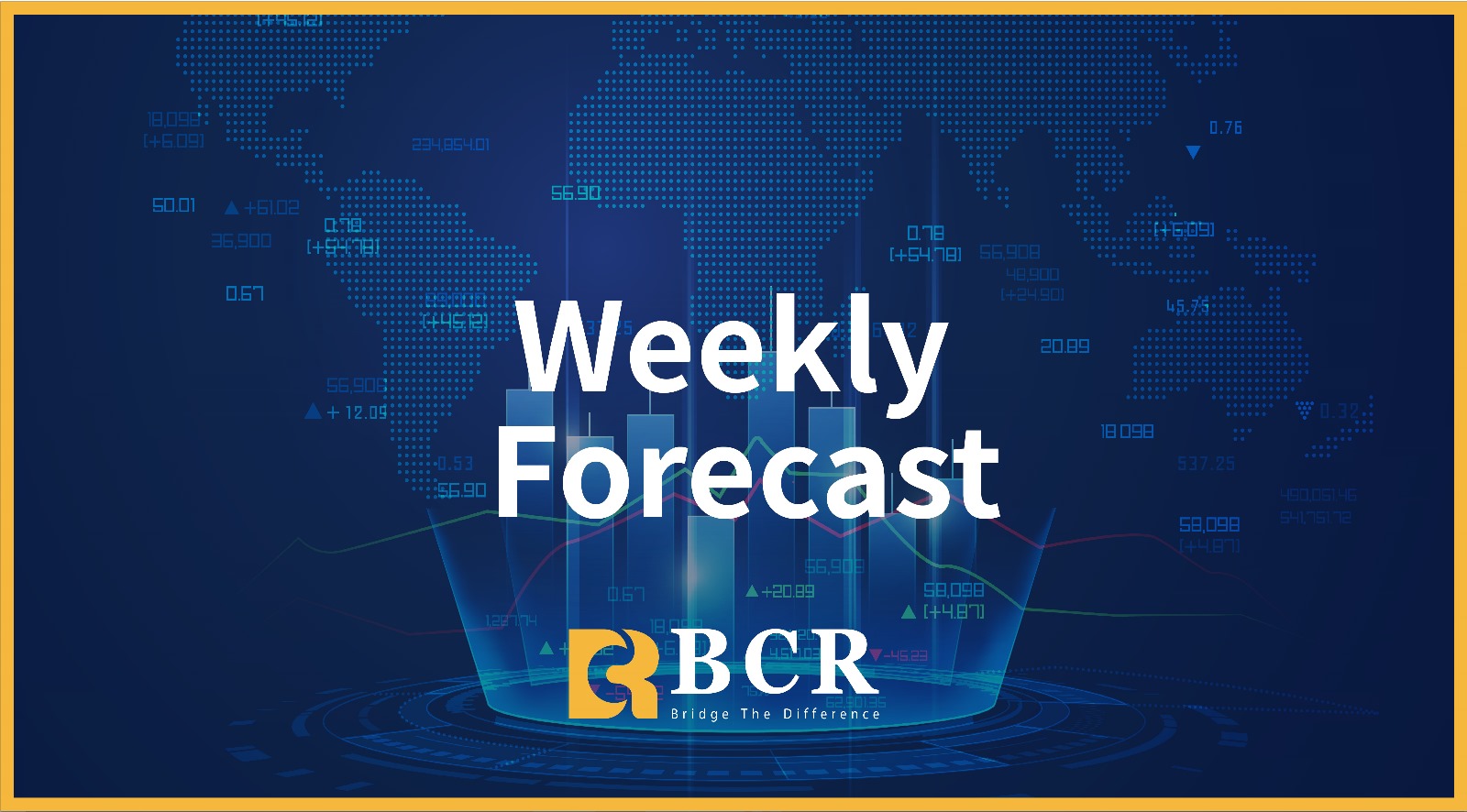
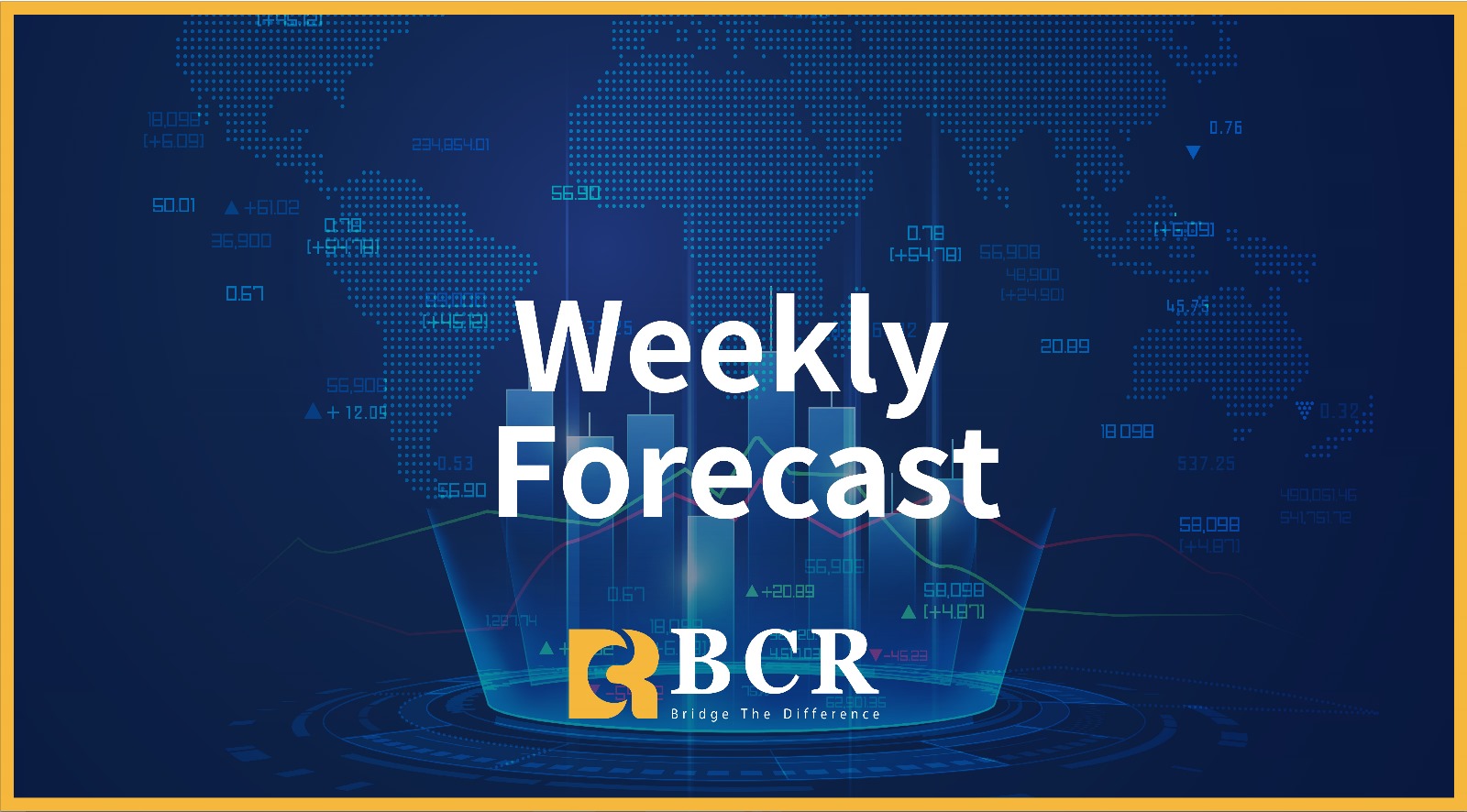
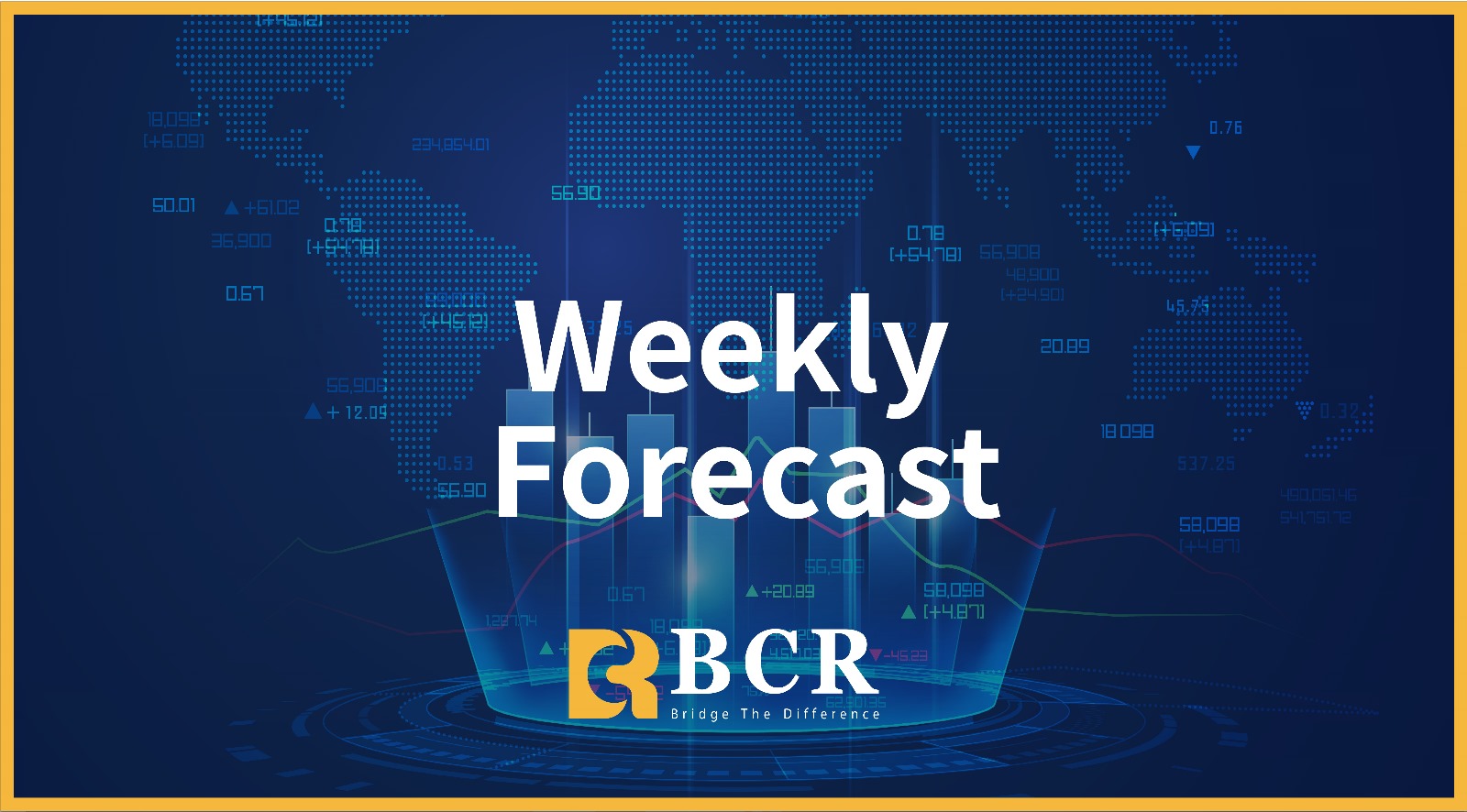
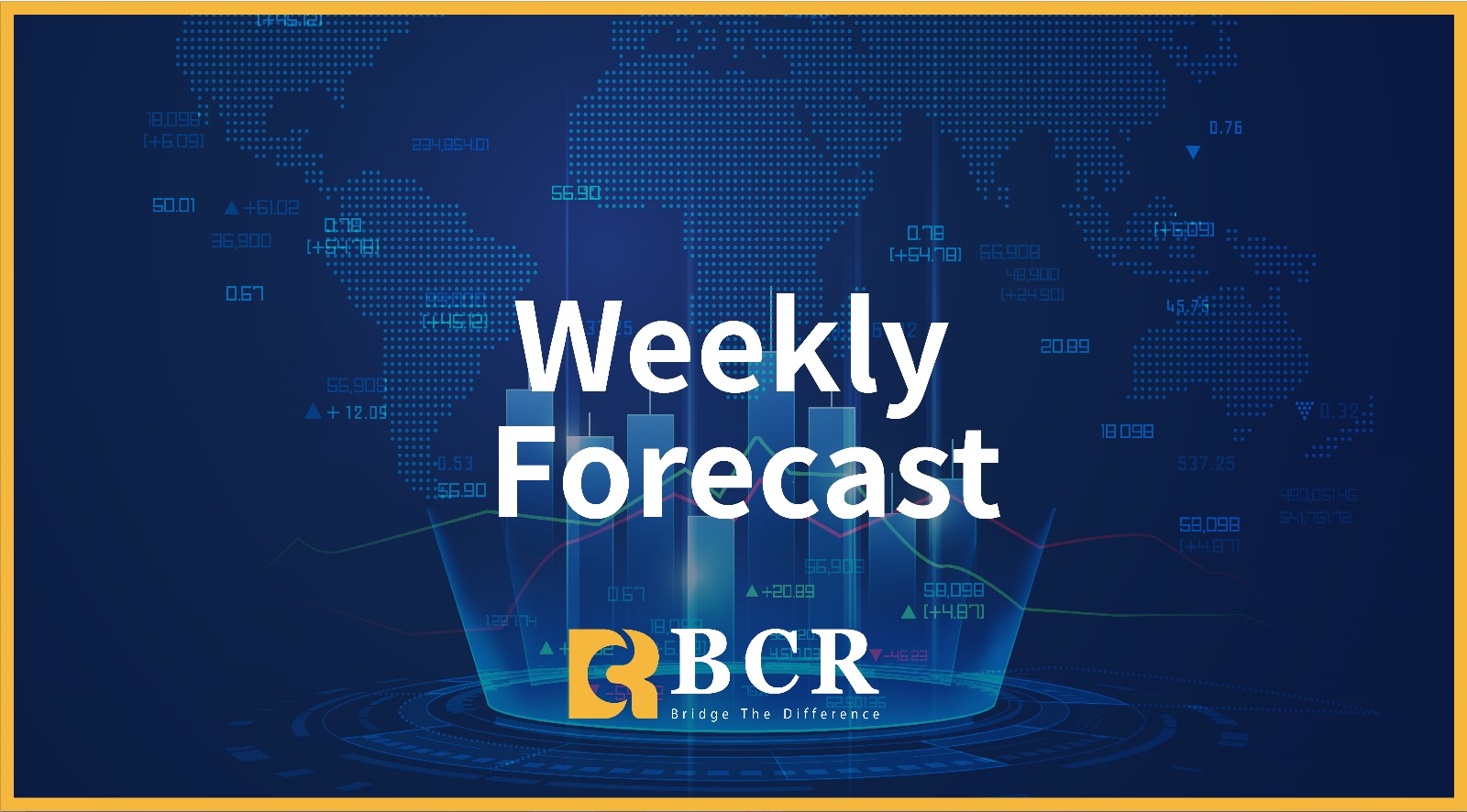
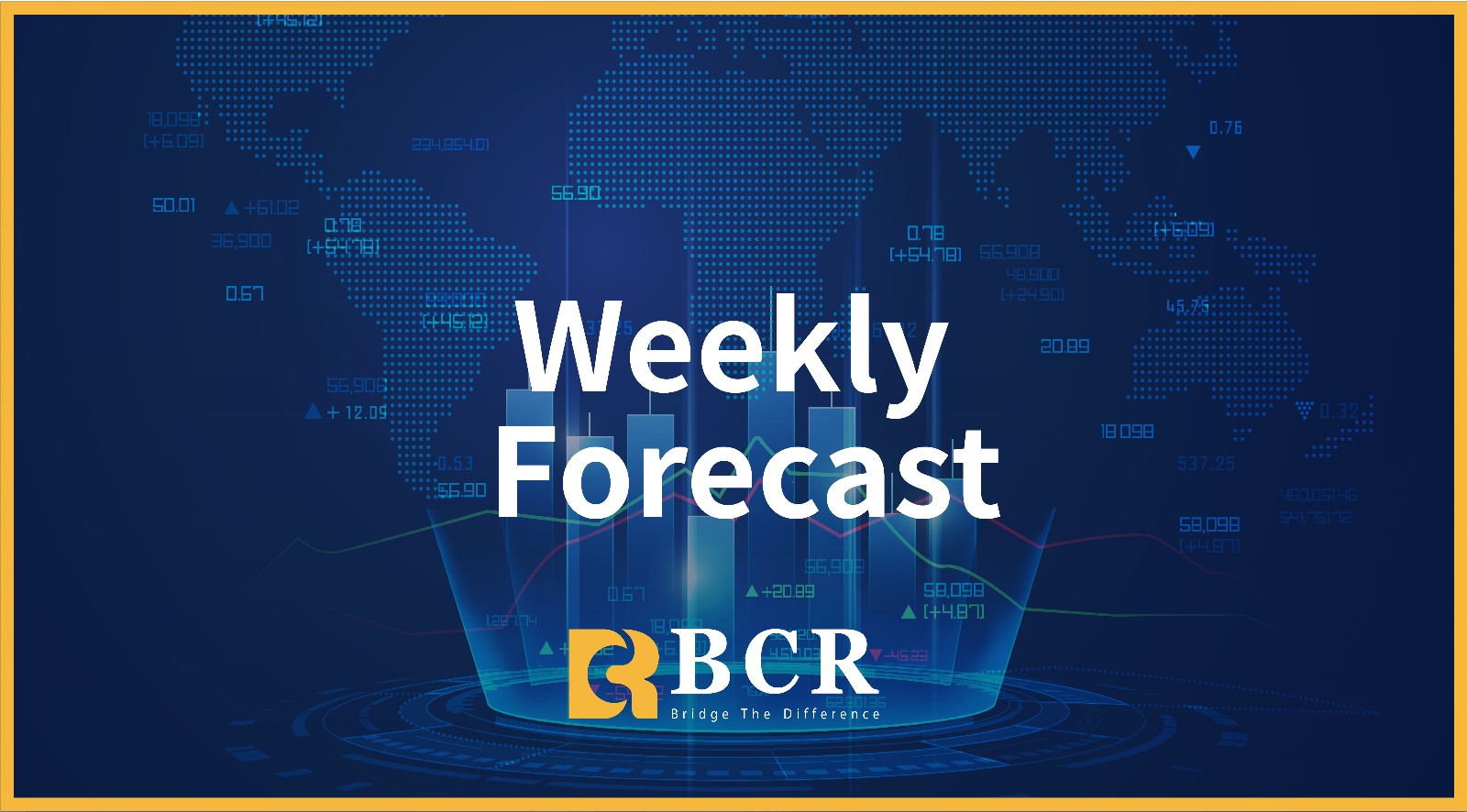
Pendedahan Risiko:Instrumen derivatif diniagakan di luar bursa dengan margin, yang bermakna ia membawa tahap risiko yang tinggi dan terdapat kemungkinan anda boleh kehilangan seluruh pelaburan anda. Produk-produk ini tidak sesuai untuk semua pelabur. Pastikan anda memahami sepenuhnya risiko dan pertimbangkan dengan teliti keadaan kewangan dan pengalaman dagangan anda sebelum berdagang. Cari nasihat kewangan bebas jika perlu sebelum membuka akaun dengan BCR.